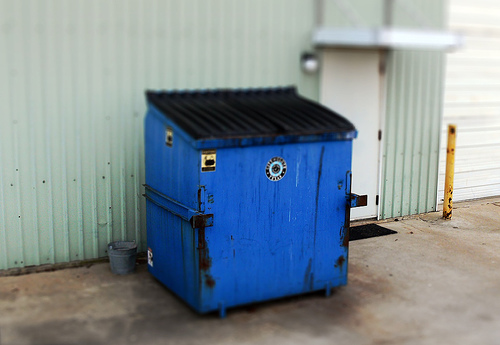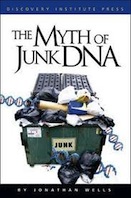 Evolution
Evolution
 Intelligent Design
Intelligent Design
As We Keep Saying, There’s Treasure in "Junk DNA"

If it weren’t important, why would cells work so hard to translate it?
Dark Matter
A new study at Penn State looked into the "dark matter" of the human genome. Like cosmologists, evolutionary geneticists call anything they don’t understand "dark." In this case, though, they saw some light: scads of molecular machines busily translating "non-coding RNA."
A duo of scientists at Penn State University has achieved a major milestone in understanding how genomic "dark matter" originates. This "dark matter" — called non-coding RNA — does not contain the blueprint for making proteins and yet it comprises more than 95 percent of the human genome. The researchers have discovered that essentially all coding and non-coding RNA originates at the same types of locations along the human genome. (Emphasis added.)
There’s no difference in the way molecular machines seek out the coded parts and the non-protein-coding parts, in other words.
When they went looking for the "initiation machines" that translate DNA, B. Franklin Pugh and Bryan Venters were in for a shock:
Pugh added that he and Venters were stunned to find 160,000 of these "initiation machines," because humans only have about 30,000 genes. "This finding is even more remarkable, given that fewer than 10,000 of these machines actually were found right at the site of genes. Since most genes are turned off in cells, it is understandable why they are typically devoid of the initiation machinery."
What are the machines doing at non-coding sites? That’s "somewhat mysterious," we’re told. They did find a clue, though:
Pugh and Venters further validated their surprising findings by determining that these non-coding initiation machines recognized the same DNA sequences as the ones at coding genes, indicating that they have a specific origin and that their production is regulated, just like it is at coding genes.
Now that they know they are "real, and not just ‘noise’ or ‘junk,’" the pair are eager to find out what they do. These transcripts, for instance, might explain "missing heritability," the observation that "most traits, including diseases, cannot be accounted for by individual genes and seem to have their origins in regions of the genome that do not code for proteins."
Jumping Gene
 Meanwhile, researchers at UC Riverside have found another piece of "junk DNA" with a beneficial function: a transposon or so-called "jumping gene" that was a poster child for the "selfish gene" hypothesis. Transposons were thought to be parasitic snippets of DNA that "spread in their host genomes serving no other biological purpose but their own existence." Two geneticists at UCR now "challenge that understanding."
Meanwhile, researchers at UC Riverside have found another piece of "junk DNA" with a beneficial function: a transposon or so-called "jumping gene" that was a poster child for the "selfish gene" hypothesis. Transposons were thought to be parasitic snippets of DNA that "spread in their host genomes serving no other biological purpose but their own existence." Two geneticists at UCR now "challenge that understanding."
The transposon they studied "enhances the immunity of its host against a pathogenic microorganism that is representative of a large group of fungus-like parasites that cause various detrimental plant diseases." It does so by interfering with the host’s epigenetic code in a particular resistance gene. Moreover, by "modulating the levels" of the transposon, the plant can "adjust the activity of this disease resistance gene."
This finding can be generalized to other transposons. It is likely that other jumping genes function in a similar way. The researchers claim "we have uncovered a completely new genetic — �or epigenetic — mechanism that allows plants to sense that they are under pathogen attack and to initiate appropriate immune responses."
ID might have saved researchers a lot of time by warning them away from the science-stopping "junk" label. If it’s there, it probably has a function. Go find it. That’s how design thinking can stimulate "understanding" that doesn’t need to be abandoned years later.
